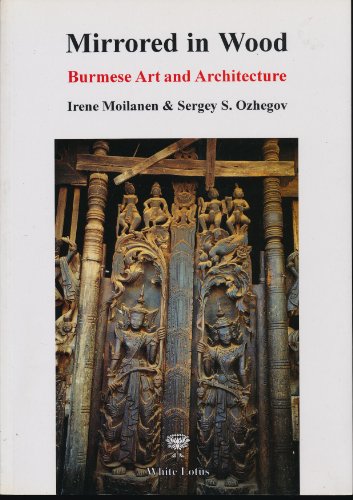Annotation
This overview presents the traditional art of wood carving and use of wood in building in Burma from a historical perspective. In the early Burmese context the wood carvers' art was honed for religious purposes: to create sculptures to venerate the Buddha. These and other woodcarving motifs of decorative and legendary nature evolved but maintained continuity to the present time despite loss in the 1300-1700 era due to disruptive events in the country. The numerous illustrations of this art also show the colonial influences and recent adaptations to the tourist souvenir market, a potential threat to maintaining traditional wood-carving skills. These are described in detail, including materials and techniques, accompanied with illustrations. The use of wood in buildings also has its traditions in form and beliefs and a basis in functional use and mobility: a basic room is replicated and adapted in the specific contexts of dwelling, monastery, and palace. All these designs are illustrated with floor plans and photographs. Again, in architecture modern design requirements, materials, urbanization and utility challenge the preservation of traditional methods and forms, many of which may well be more suited for local use.

